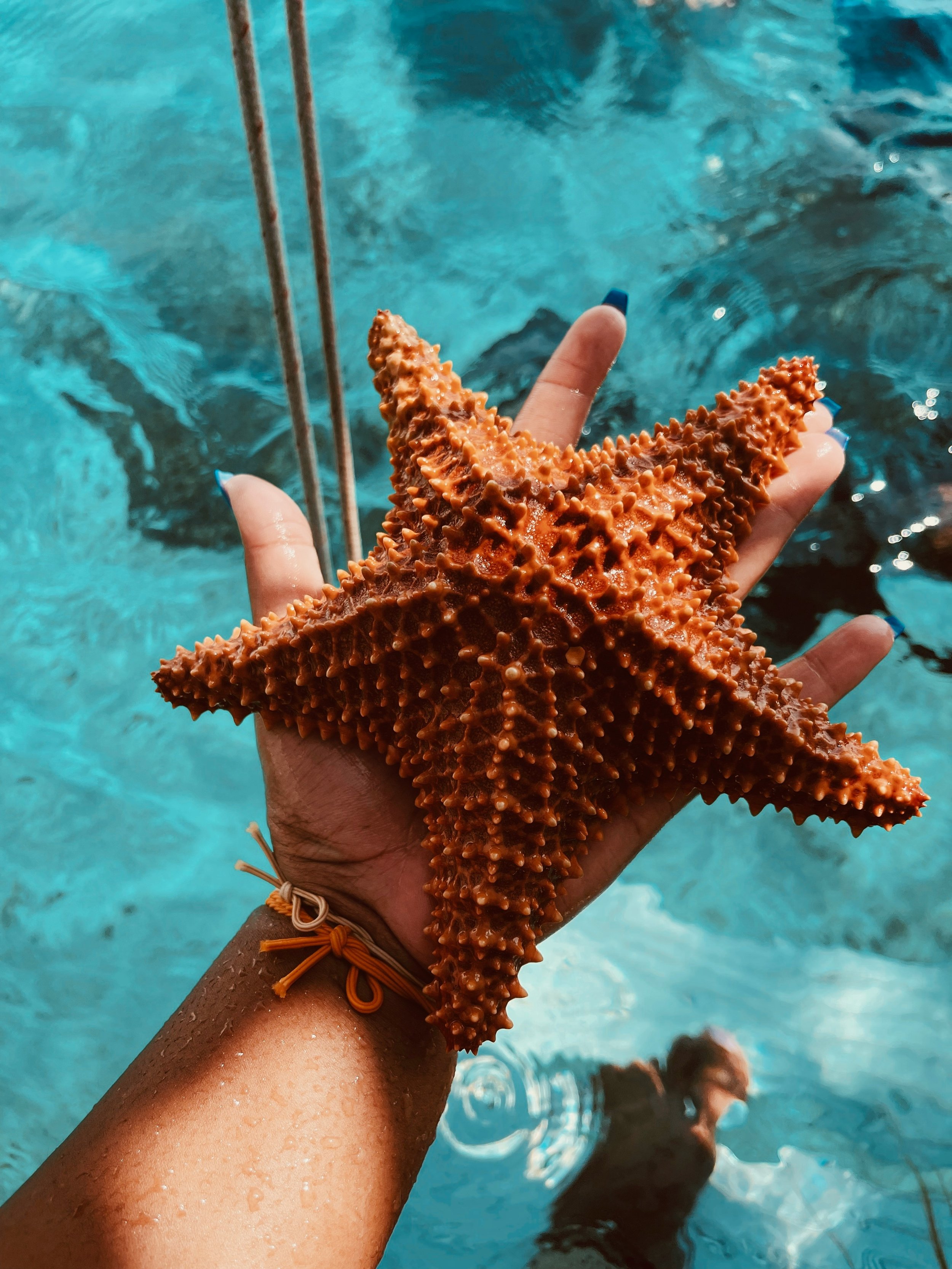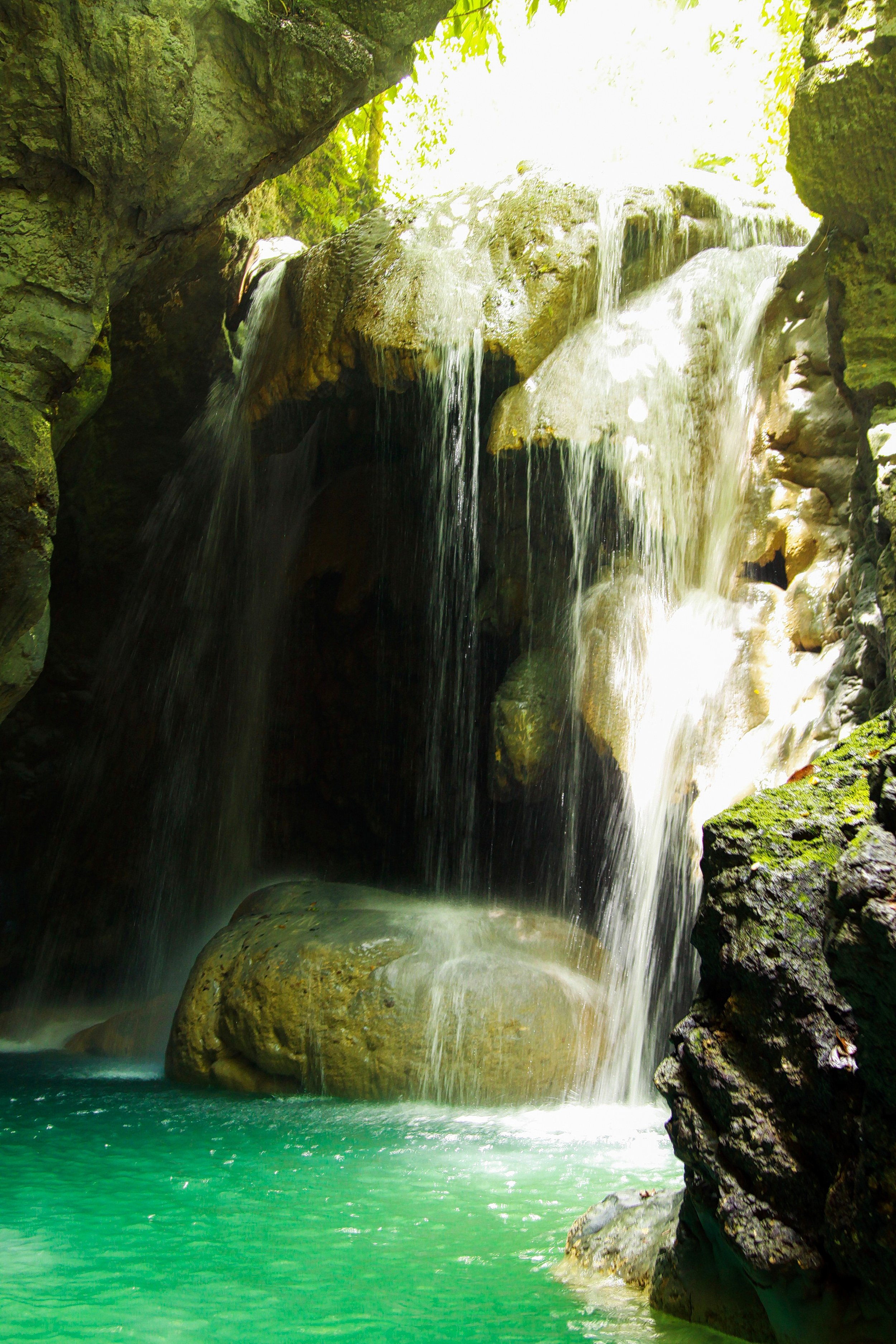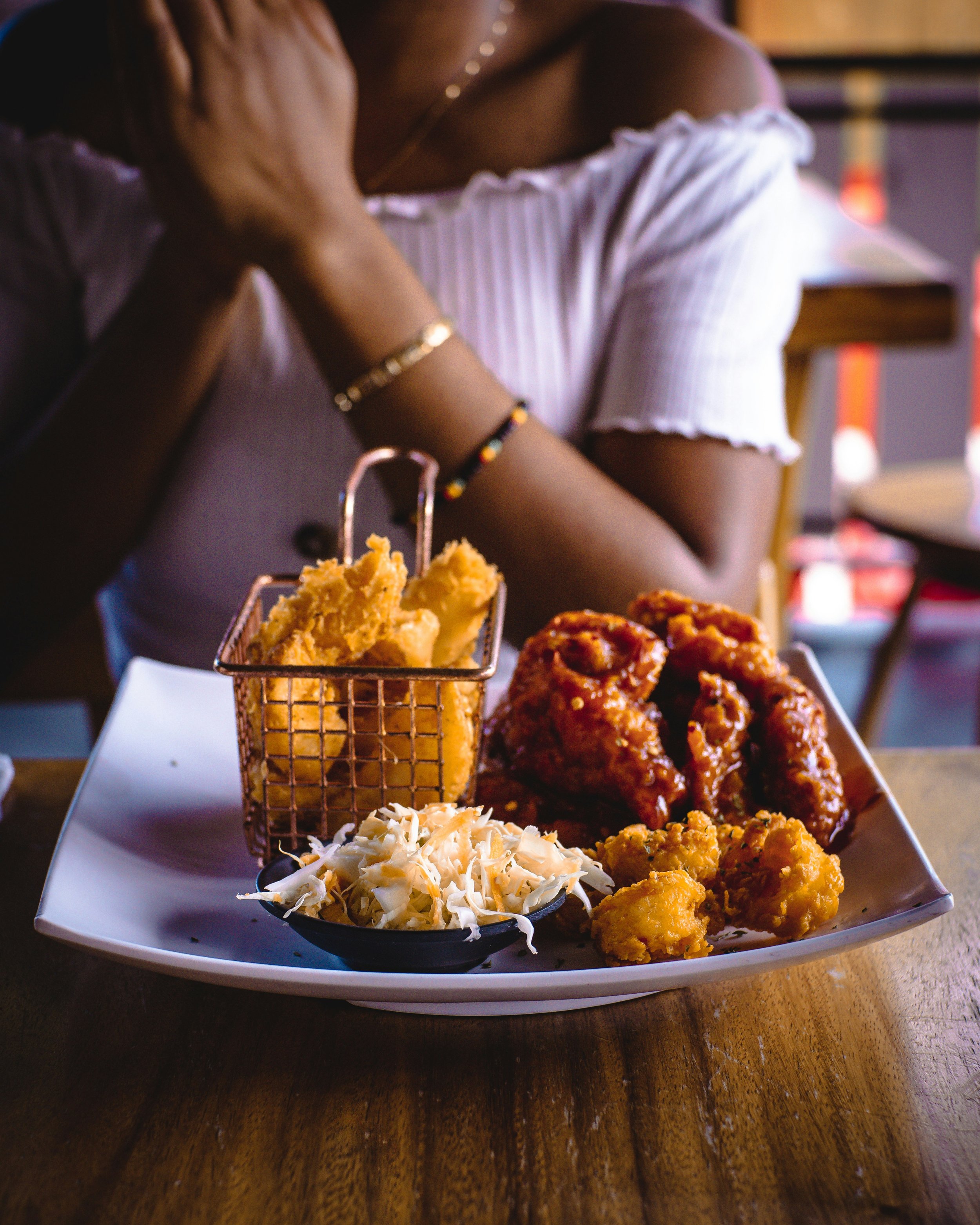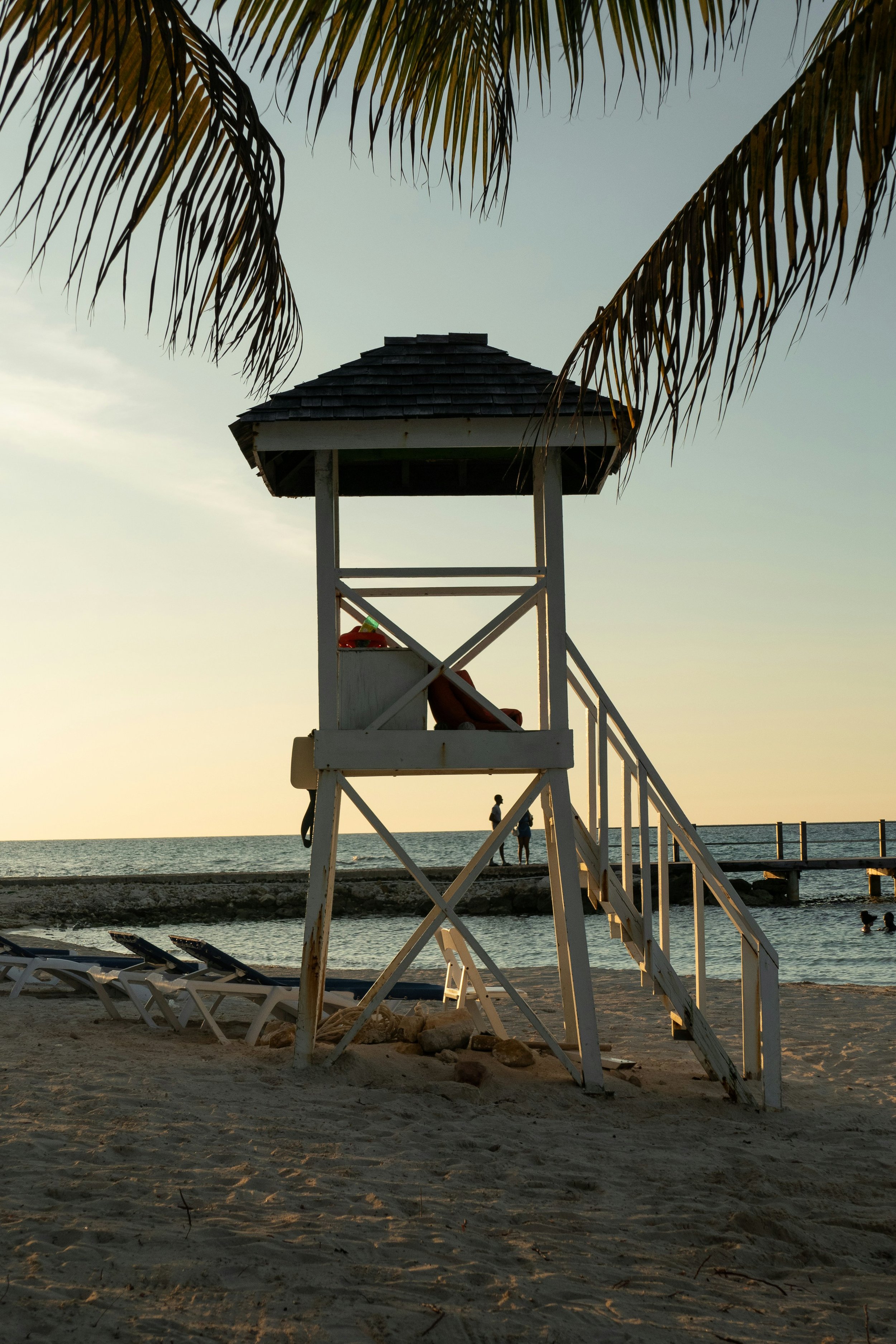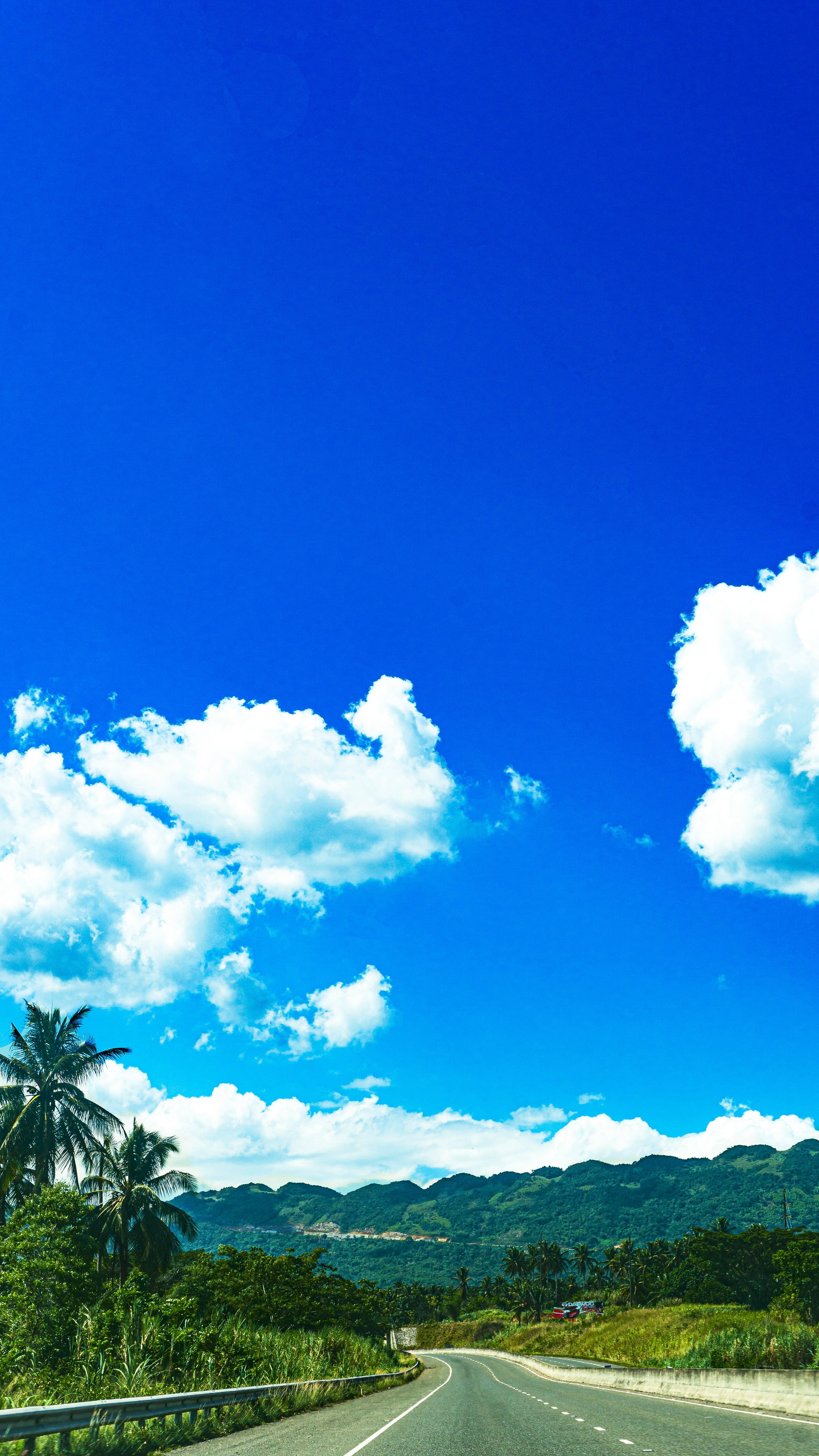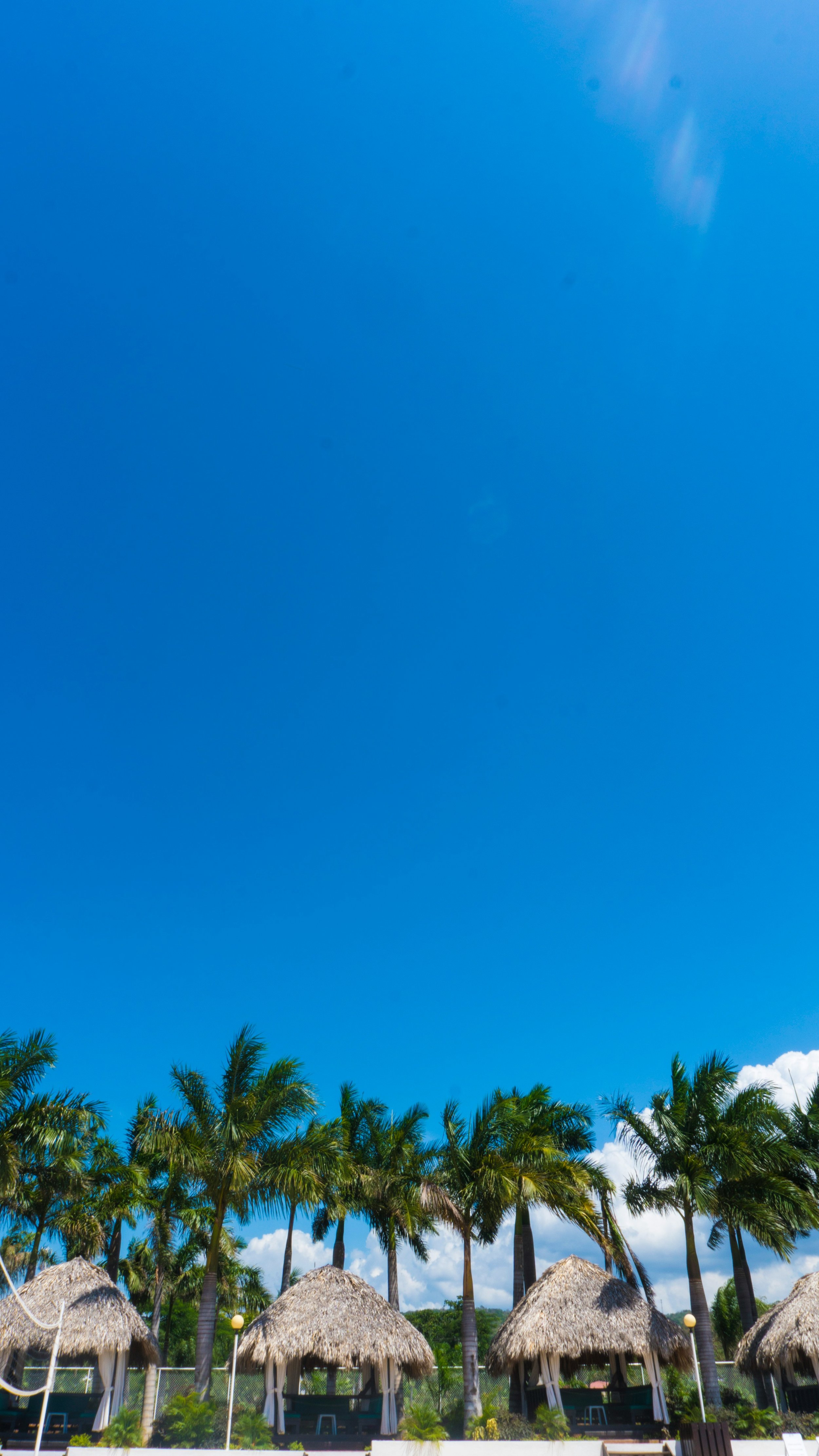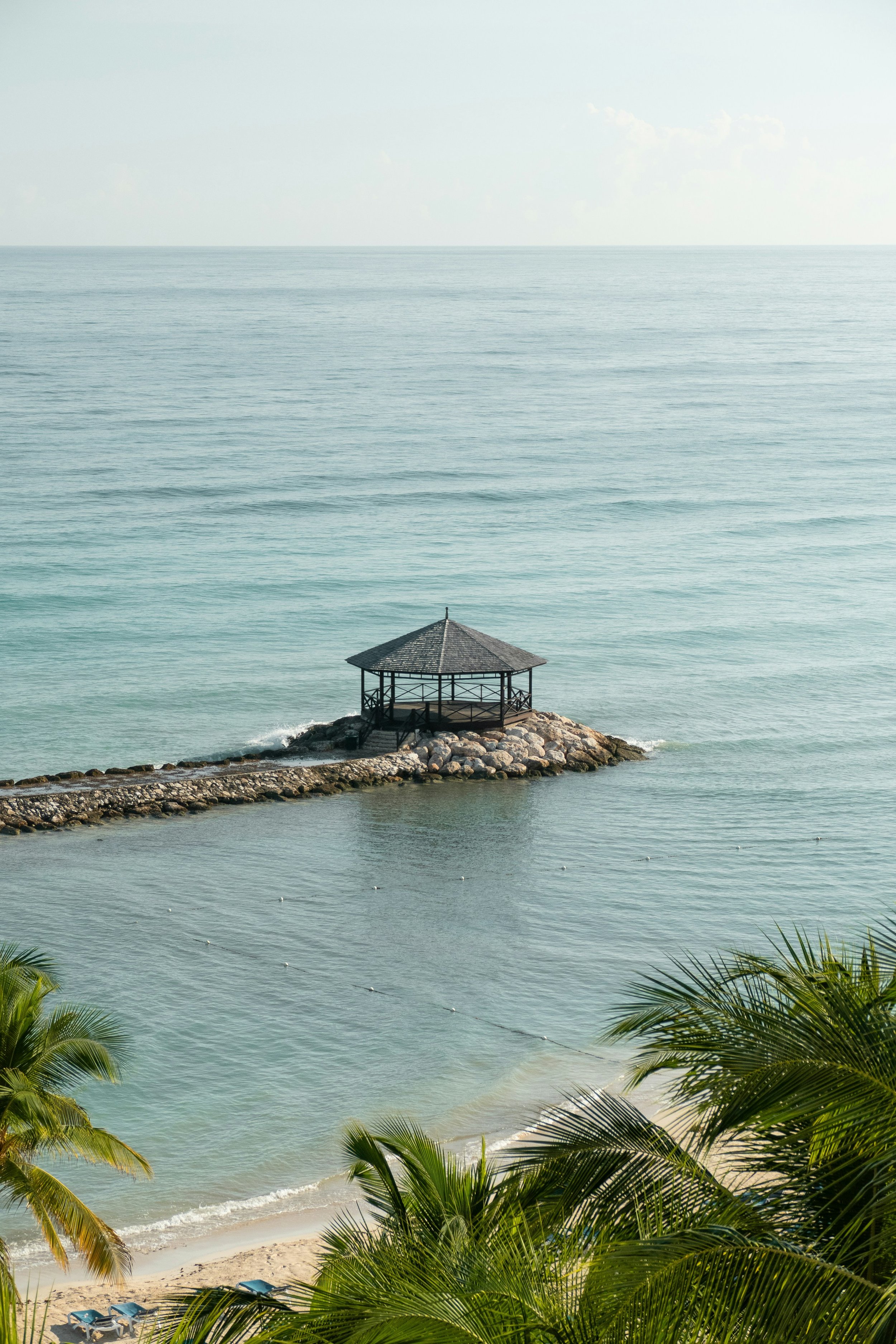Welcome to Jamaica
Jamaica, a vibrant Caribbean island nation, is famous for its reggae music, stunning beaches, and rich cultural heritage. Known as the "Land of Wood and Water," Jamaica blends natural beauty with a lively, resilient spirit. Its unique history and tropical allure make it a popular destination for travelers and a culturally influential nation.
-
Jamaica has a population of approximately 3 million people. While many live in urban areas such as Kingston and Montego Bay, rural communities remain integral to the country's cultural and agricultural identity.
-
Jamaica's population is relatively youthful, with a median age of about 31 years. However, the country is experiencing gradual aging as life expectancy improves and birth rates decline, reflecting broader global demographic trends.
-
The majority of Jamaicans are of African descent, with smaller populations of East Indian, Chinese, European, and mixed heritage communities. This diverse ethnic makeup is a result of the island’s history of colonization and migration.
-
Jamaica’s economy relies heavily on tourism, agriculture, and remittances from its diaspora. While it has a middle-income economy, challenges like income inequality, unemployment, and national debt persist, particularly in rural and urban underprivileged areas.
-
English is the official language of Jamaica, used in government, education, and media. However, most Jamaicans speak Patois (Jamaican Creole) in daily life, a unique linguistic blend of English, African, and other influences.
-
Jamaica has a literacy rate of over 88%, with free primary and secondary education available. However, disparities in educational quality between rural and urban areas exist, and access to higher education is often limited by economic factors.
-
Jamaica provides public healthcare services, but the system faces challenges like limited resources and staff shortages. Private healthcare facilities offer higher-quality services, though they are less accessible to lower-income residents.
-
Over half of Jamaica's population lives in urban areas, with Kingston being the largest and most developed city. While urban centers boast modern infrastructure, rural areas often struggle with inadequate transportation, utilities, and housing.
-
Tourism is a cornerstone of Jamaica’s economy, drawing millions of visitors annually to its beaches, cultural festivals, and historic landmarks. While it provides jobs and revenue, tourism also creates environmental and social challenges, necessitating sustainable development efforts.
